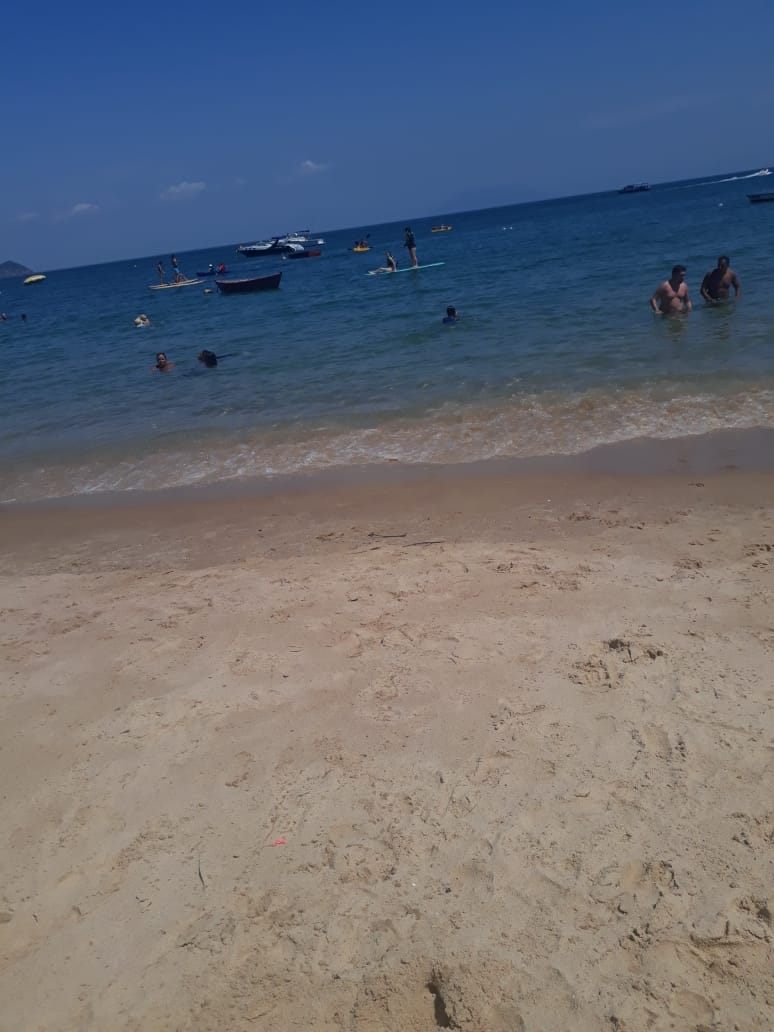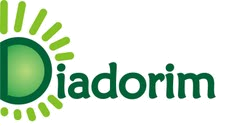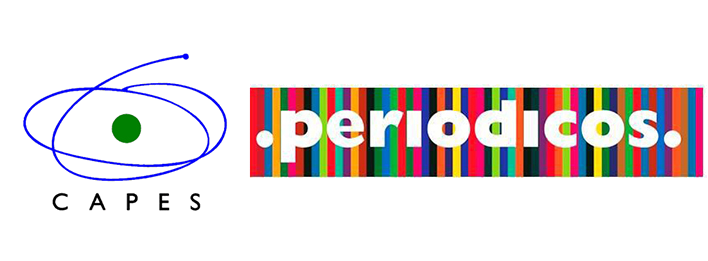A Semiótica como metodologia de pesquisa para a análise da comunicação no turismo
estudo da Marca Turística España
DOI:
https://doi.org/10.29149/mtr.v4i1.5040Palavras-chave:
Turismo, Semiótica, Metodologia, Comunicação turística, Marca turística España.Resumo
A semiótica e o turismo têm uma relação próxima visto que se preocupam com a comunicação e, a interseção entre os dois campos de saber tem sido discutida mundo afora quer focando na análise da viagem perfeita, na significação cultural da viagem ou no olhar semiótico do turismo. Este trabalho considerou acessar a comunicação no turismo a partir da marca turística, assim o objetivo é apresentar o uso da semiótica como metodologia para investigar a comunicação no turismo, por meio de sua aplicação no estudo da Marca Turística España. A metodologia foi dividida em três etapas: a) análise semiótica baseada na corrente peirceana (tripartição do signo) e por meio do aporte teórico dos trabalhos de Santaella (2015), b) focus group com estudantes de pós-graduação e c) questionário on-line. Os instrumentos foram aplicados de forma complementar e sucessiva e, apesar da separação das etapas e dos instrumentos, todas tiveram a semiótica como um fio condutor, isto é, cada um dos instrumentos também teve uma contribuição da semiótica em sua elaboração e aplicação. Como resultados podemos destacar o entendimento da aplicabilidade da semiótica em torno dos signos e significados presentes no turismo, e o entendimento do processo de comunicação turística por meio das marcas, uma vez que, os signos presentes nas marcas desempenham uma função mediadora entre o eu-turista e a realidade do turismo. Outra contribuição teórica esta relacionada à compreensão da semiótica como integrante do arcabouço para uma epistemologia do turismo, a partir de uma base interpretativista e como uma metodologia de análise qualitativa do turismo enquanto fenômeno comunicacional. Dessa forma cabe observar que os resultados deste estudo não se findam na análise apresentada, visto que a intenção não foi replicar um conhecimento já existente, mas contribuir para o avanço do conhecimento ao aproximar os campos da semiótica e do turismo.
Referências
Ares, G., et al. (2011). Food labels: Do consumers perceive what semiotics want to convey? Food Quality and Preference, 22, 689-698.
Bacha, M.L. (2005). Semiótica aplicada ao marketing: a marca como signo. In ENANPAD, Brasília, DF.
Baldissera, R. (2000). Comunicação organizacional: o treinamento de recursos humanos como rito de passagem. São Leopoldo: Editora UNISINOS.
Baldissera, R. (2008). Significação e comunicação na construção da imagem-conceito. Revista Fronteiras – Estudos midiáticos, 3(10), 193-200.
Baldissera, R. (2010). Comunicação Turística. Rosa dos Ventos, 1(1), 6-15.
Bauer, M. W. & Gaskel, G. (2002). Pesquisa qualitativa com texto, imagem e som: um manual prático. 2ªed. Petrópolis: Vozes.
Brucculeri, M. C. (2009) Semiotica per il Turismo. Roma: Carocci.
Carnevale, M., Luna, D. & Lerman, D. (2017). Brand linguistics: a theory-driven framework for the study of language in branding. International Journal of Research in Marketing, 34(2), 572-591.
Costa, F. P. B.S., Borges, L. P. & Perez, C. (2010). Os sentidos da África nas expressões da marca Amarula. Pensamento Real, 25(2), 55-73.
Codato, H. & Lopes, F. M. E. (2005). Semiologia e semiótica como ferramentas metodológicas. In. Duarte, J. & Barros, A. Métodos e técnicas de pesquisa em comunicação. São Paulo, Editora Atlas.
Culler, J. (1990) The Semiotics of Tourism. In. Framing the Sign: Criticism and its Institutions. Oklahoma, University of Oklahoma Press.
Chias, J. (2005). El negocio de la felicidad. Madrid: Pearson Educación.
Creswell, J. W. (2014). Investigação qualitativa & Projeto de pesquisa. São Paulo: Editora Penso.
Dias, A. T. B. B. B. (2013) Semiótica Peirceana: método de análise em pesquisa qualitativa. Indagatio Didactica, 5(2), 884-895.
Eco, U. (2000). Tratado de Semiótica General. 5. ed. Barcelona: Lumen.
Echtner, C. M. (1999) The semiotic paradigm: implications for tourism research. Tourism Management, 20, 47-57.
Farina, M. (1982). Psicodinâmica das cores em comunicação. São Paulo: Editora Edgard Blücher ltda.
Ferrari, C. M. M. (2013). Visualidade nos contratos comunicativos em revistas de turismo: construção de imaginários para turistas. (Tese de Doutorado). Pontifícia Universidade Católica de São Paulo.
Gomes, H. F. (2000). O ambiente informacional e suas tecnologias na construção dos sentidos e significados. Ci. Inf., 29(1), 61-70.
Gomes, N. D. (2001) Publicidade ou Propaganda? É isso aí! Famecos: mídia, cultura e tecnologia, 8(16), 111-121.
Gray, D. (2012). Pesquisa no mundo real. (2a ed). Porto Alegre: Penso.
Greimas, A. J. & Courtés, J. (2008). Dicionário de Semiótica. São Paulo: Cultrix.
Hunter, W. C. (2016). The social construction of tourism online destination image: a comparative semiotic analysis of the visual representation of Seoul. Tourism Management, 54, 221-229.
Iasbeck, L. C. A. (2005). Método Semiótico. In. Duarte, J. & Barros, A. Métodos e técnicas de pesquisa em comunicação. São Paulo, Editora Atlas.
Kamberelis, G. & Dimitriadis, G. (2005) Focus groups: Strategic Articulations of Pedagogy, Politics, and Inquiry. In Denzin, N. & Lincoln, Y. S. The Sage handbook of qualitative research. Thousand Oaks, CA: SAGE Publications.
Laville, C. & Dione, J. (1999). A construção do saber: manual de metodologia da pesquisa em ciências humanas. Porto Alegre: Artmed; Belo Horizonte: Editora UFMG.
Mello, C. M. (2015). Por uma Semiótica do Turismo. (Relatório de Pós-Doutorado). Universidade de São Paulo (USP).
Morin, E. (2003). O método 1: A natureza da natureza. (2a ed). Porto Alegre: Sulina.
Nakatani, M. S. M.; Gomes, E. L. & Nunes, M. P. Diferentes Olhares da Comunicação no Turismo: entendendo três localidades paranaenses como destino e produto turístico. Revista Turismo em Análise, 28(3), 474-491.
Nyumba, T. O.; Wilson, K.; Derrick, C. J. & Mukherjee, N. (2018). The use of focus group discussion methodology: Insights from two decades of application in conservation. Methods in Ecology and Evolution, 1(9): 20-32.
Perez, C. (2004). Signos da Marca: Expressividade e Sensorialidade. São Paulo: Pioneira Thomson Learning.
Rossolatos, G. (2012). Towards a semiotics of brand equity: on the interdependency of meaning surplus and surplus value in a political economy of brands. Chinese Semiotics Studies, 7(1), 119-156.
Rossolatos, G. (2013) Brand equity planning with structuralist rhetorical semiotics: A conceptual framework. In EMAC, European Marketing Academy Conference, Istanbul.
Santaella, L. (2003). O que é semiótica. São Paulo: Editora Brasiliense.
Santaella, L. & Nöth, W. (2004). Comunicação e Semiótica. São Paulo, Hacker Editores.
Santaella, L. (2008). Epistemologia semiótica. Cognitio, São Paulo, 9(1), 93-110.
Santaella, L. (2012) Leitura de imagens. São Paulo: Editora Melhoramentos.
Santaella, L. (2015). Semiótica Aplicada, São Paulo, Cengage Learning.
Turespaña. (2017) Campañas de Publicidad y Patrocinio. Disponível em: <https://goo.gl/ePi4uM>. Acesso em: 27 nov. 2017.
Urry, J. (2002). The tourist gaze: theory, culture & society. Sage Publications.
Valls, J. F. (1996). Las claves del mercado turístico: cómo competir en el nuevo entorno. Bilbao: DEUSTO.
Veal, A. J. (2011). Metodologia da pesquisa em lazer e turismo. São Paulo: Aleph.
Wainberg, J. A. (2003) Turismo e Comunicação: a indústria da diferença. São Paulo: Contexto.
Downloads
Publicado
Como Citar
Edição
Seção
Licença
Autores que publicam nesta revista concordam com os seguintes termos:
- Autores mantém os direitos autorais e concedem à revista, sem ônus para a mesma, o direito de primeira publicação, com o trabalho simultaneamente licenciado sob a Licença Creative Commons Attribution que permite o compartilhamento do trabalho com reconhecimento da autoria e publicação inicial nesta revista
- Autores têm autorização para assumir contratos adicionais separadamente, para distribuição não-exclusiva da versão do trabalho publicada nesta revista (ex.: publicar em repositório institucional ou como capítulo de livro), com reconhecimento de autoria e publicação inicial nesta revista.
- Autores assumem exclusiva responsabilidade pelas suas opiniões emitidas nos trabalhos publicados nesta revista
















